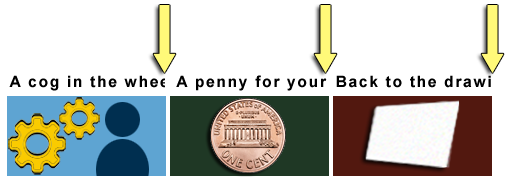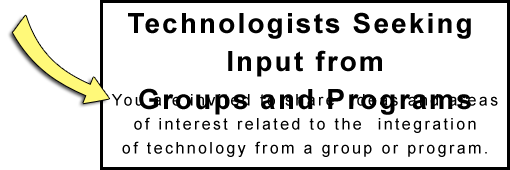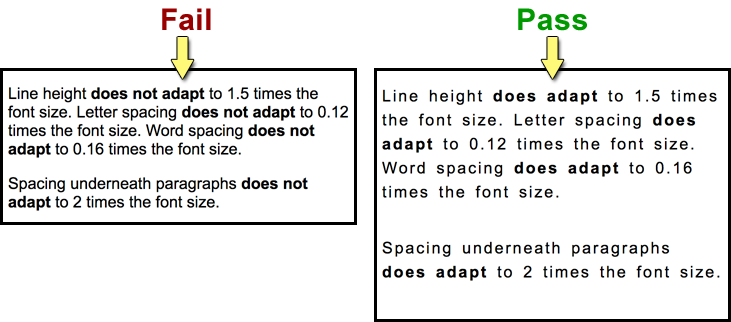Intent
The intent of this Success Criterion (SC) is to help ensure that people with disabilities who override spacing can read text. For example, people with low vision or dyslexia may override an author's set spacing to enable readability or increased reading speed. It allows for a buffer. Increased spacing between lines, words, and letters has benefits for people who override author settings via user stylesheet, bookmarklet, extension, or application. They may need to change font family (e.g. to a wider one) than the author has set to effectively read text. They may increase spacing between lines, words, and letters to effectively read text. Line spacing also helps with tracking. Tracking is following along lines of text, including getting from the end of one line to the beginning of the next line.
Persona Quote
- Name: Yun and Preety
- Disability Types: Low Vision and Cognitive
- Quote: "This text is so hard to read! I need to be able to adjust the spacing."
Author Responsibility
This SC does not dictate that authors must set all their content to the specified metrics. Rather, it specifies that an author's content has the ability to be set to those metrics without loss of content or functionality. The author requirement is to not interfere with a user's ability to override the author settings without breaking content as shown in Figures 1-4.
User Responsibility
The ability to read and derive meaning from the overridden spacing rests with the user. If the increased spacing impacts those abilities, the user will adjust or they will return to the default view. Regardless, the user needs the flexibility to adjust spacing within the bounds set in the SC.
Research
The grounds for this SC are based on research. The metrics chosen as measures are based on the McLeish study. She ran from .04 to .25 em tests. McLeish found an increasing curve in reading speed of actual materials up to .25, but it started to flatten at .20. Previous studies that reported no improvement started at .5em. Right at the flat point. Wayne E. Dick, Ph.D. analyzed the McLeish study and translated from points. Dr. Dick recommended the metrics that the Working Group adopted.
Languages and Scripts
Roughly 480 different languages and scripts have been tested. Maximum spacing adjustments allowed by the SC were set on the following 3 pages:
- Languages in their own writing systems
- Online Encyclopedia of writing systems and languages – language names
- Universal Declaration of Human Rights (Article 1)
Results
No adverse effects occurred. The following are the specific findings:
- Character Spacing
- Individual characters in words remained in tact though they were spaced a bit further apart.
- Word Spacing
- Words were spaced farther apart. In languages that do not have words (e.g. Japanese) applying work spacing had no effect. This is expected.
- Line Height
- Changing line height did not separate diacritics from characters, nor did it adversely impact ascenders or descenders.
As previously discussed, the ability to read text with adjusted spacing is a user responsibility. This is true no matter the language.
The SC's exception addresses cases where a text style property is not used in a language or script. In such cases, authors are only required to ensure relevant properties do not break the layout.
Effects of Not Allowing for Spacing Override
The following images show some types of failures when authors do not take into consideration that users may override spacing to the metrics specified in this Success Criterion.
Text Cut Off
The bottom portion of the words "Your Needs" is cut off in a heading making that text unreadable in Figure 1. It should read "We Provide a Mobile Application Service to Meet Your Needs."

In Figure 2 the last portion of text is cut off in 3 side-by-side headings. The 1st heading should read "A cog in the wheel." But it reads "A cog in the whe". Only half of the second "e" is visible and the letter "l" is completely missing. The 2nd heading should read "A penny for your thoughts". But it reads "A penny for your". The 3rd should read "Back to the drawing board." But it reads "Back to the drawi".

Text Overlap
In Figure 3 the last 3 words "Groups and Programs" of the heading "Technologists Seeking Input from Groups and Programs" overlap the following sentence. That sentence should read, "You are invited to share ideas and areas of interest related to the integration of technology from a group or program perspective." But the words "You are invited to share ideas" are obscured and unreadable.

Fixed Text
Text fails the SC when it is fixed and not able to be overridden to the Success Criterion's metrics.
Text that allows for overriding to the metrics passes. Line height must be able to adapt to 1.5 times the font size. Letter spacing must be able to adapt to 0.12 times the font size. Word spacing must be able to adapt to 0.16 times the font size. Spacing underneath paragraphs must be able to adapt to 2 times the font size.

Applicability
If the technologies being used are capable of overriding text to the Success Criterion's metrics, then this SC is applicable. For instance Cascading Style Sheet/HTML technologies are quite able to allow for the specified spacing metrics. Plugin technologies would need to have a built in ability to modify styles to the specified metrics. Currently, this SC is not achievable in PDF and can not be reliably tested in PDF user agents.
Examples of text that are typically not affected by style properties and not expected to adapt are:
- Video captions embedded directly into the video frames and not provided as an associated caption file
- Images of text
For this Success Criterion the canvas implementation of text is considered to be images of text.